Geography of Abarkouh
The average annual precipitation in Abarkooh is 75.3 mm and the average annual temperature is 16.7°C.
Population & Economy of Abarkouh
This city is just above one million and grows in population asmore people migrate to form the villages to the cities.The economy of Abarkouh is based on agriculture and animal husbandry. The city has suffered drought in recent years and it has affected the agriculture of the city. Abarkouh Iron and Steel Industry is a major and large industry of the city.
History of Abarkouh
Up to the 10th century, This city was a major city in Kerman province. Then, it was attached to Fars province. Around that time and according to various historical sources, during the reign of the Abbasids or the Buyids, Abarkouh was quite prosperous and populous. The reason is the location of the town on the main route of caravans coming from the major cities referred to above. Back then, this city was strongly walled and fortified with a citadel in it. Local rulers from regional dynasties had seized and taken control of this town several times. However, the town thrived under the Seljuks and continued its financial importance under the Ilkhanids and others. Safavids showed particular attention to Abarkouh, Biabanak, Yazd and other towns in central Iran in the 17th century. Afghans’ invasion inflicted a lot of damages to the town in the late 18th century. During the Qajars’ ascending to power and last Zand ruler’s battle against them, Abarkouh was the object of several military attacks and activities. In the late Qajar period, the town had been led to chaotic and unstable conditions.
Today, as Abarkooh’s infrastructure hasn’t been upgraded and the town’s facilities aren’t efficiently increased, it has lost the previous status and downgraded drastically. Having said this, at least a stop through this town is highly recommended to see how the life is going on there and what monuments are still standing and attracting travelers from inside and outside Iran to Abarkouh.
Abarkouh Historic Attractions inside the City
Here’s a list of these interesting places:
Gonbad-e Ali
This tomb tower is the oldest structure that remained in the townsince the 11th century, Dailamite period. It’s one of the earliest tomb towers in Iran and is located on top of a hill just on the outskirt of the town.
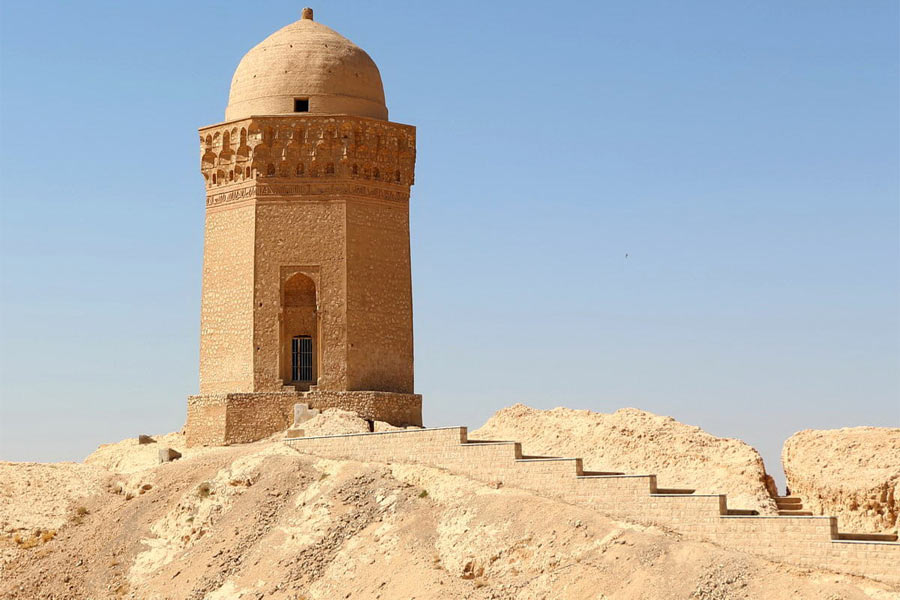
Abarkouh Jameh Mosque
This is the mosque built in 14th century under the rule of Ilkhanid dynasty although certain sections of this mosque could suggest an earlier time of construction like the Seljuk period. It has been largely restored and covered with mud and straw on the exterior.
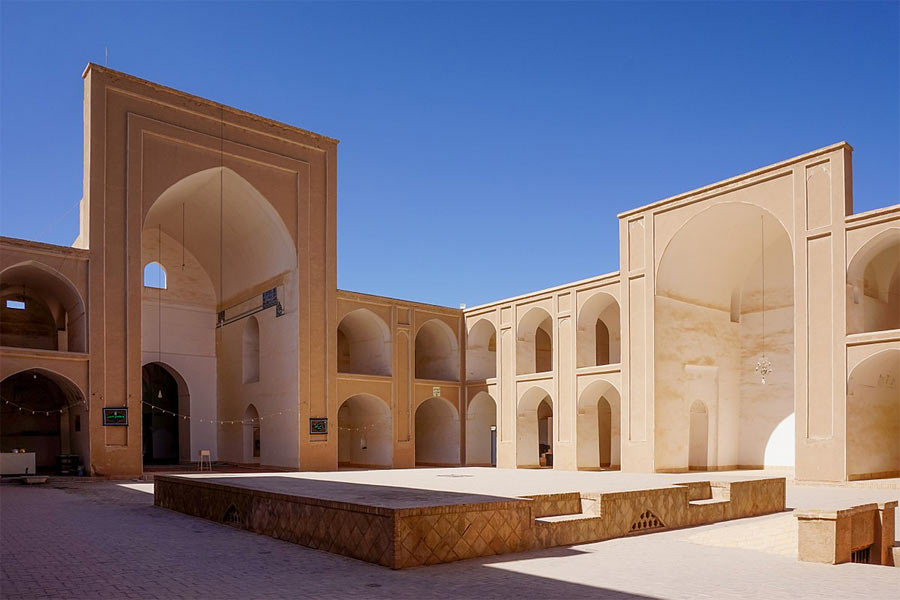
Aghazadeh Historical House
Aghazadeh Historical House is one of the priceless houses in the UNESCO WORLD HERITAGE city of Yazd. This 200-year old house from the Qajar era is located in Abarkooh, Yazd. After going under a demanding renovation process, the house finally got prepared to welcome Iranian and non-Iranian guests. Colorful glasses in the windows, delicate molding on the edges, and tall arches, all signify the traditional Persian architecture.
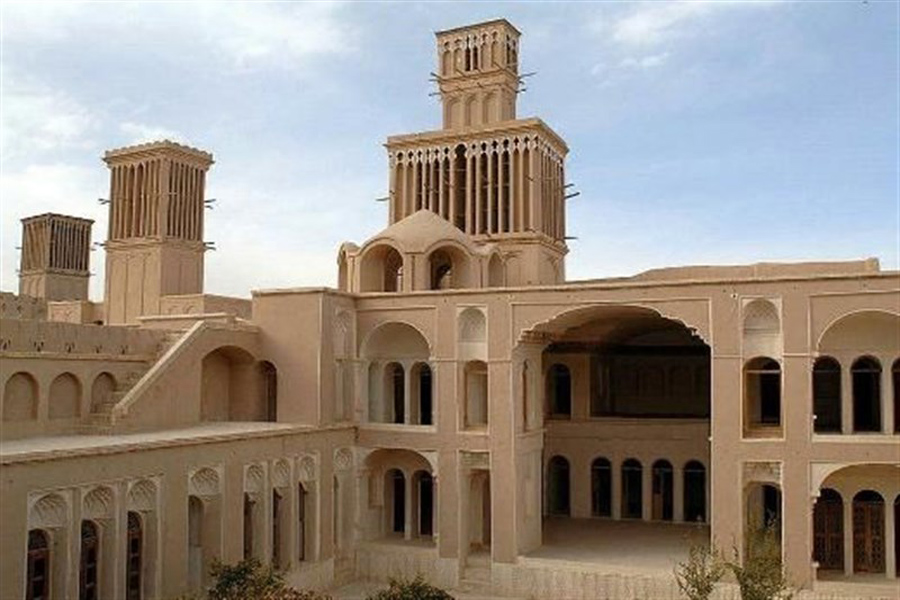
Ancient Cypress Tree
The world’s 3rd oldest tree lives in the city of Abarkouh in Iran and is a symbol of life and beauty.
Cypress Tree or Sarv-e Abarkuh is one of the natural wonders of the world. It is the world’s third oldest tree after a Great Basin bristlecone pine (5,062 years old) and Methuselah (4,845 years old). This oldest living heritage of Iran is about 28 meters high and 11.5 meters wide at its trunk. It is a slow-growing, evergreen tree which blooms in mid-spring and has become one of the main attractions of Abarkuh city along with the Aghazadeh Historical House and its famous wind catchers. Several historians have mentioned this tree in their notes. It’s still a living thing being protected by the city hall of Abarkouh and it dates back to 4500 years ago.
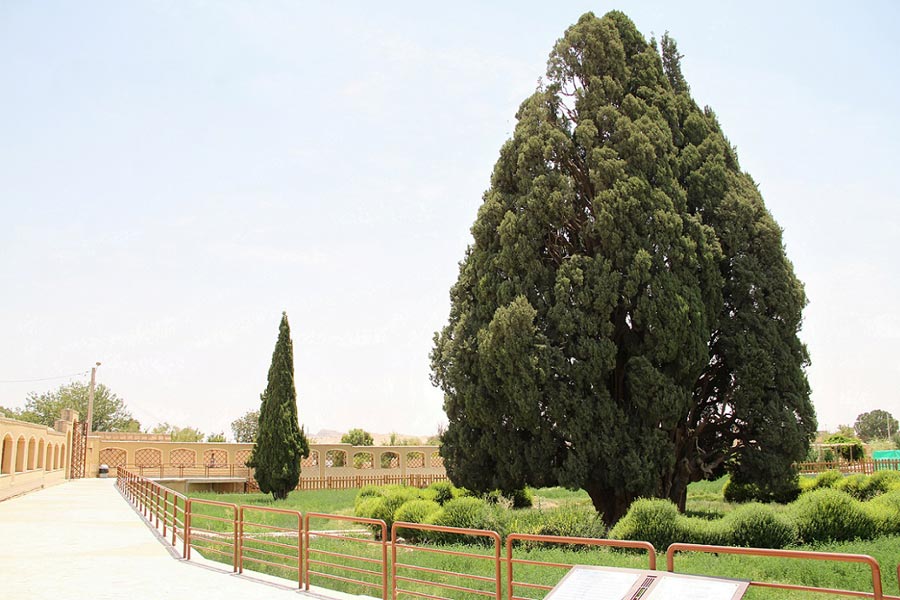
Historic Attractions outside the City
Here’s a list of the historic attractions that you can find outside this city:
Hajikhan Castle of Esfandabad
Along with several other castles, Hajikhan Castle of Esfandabad has located 36 km from Abarkooh. The famous castles close to this city date backmainly to different periods of Sassanid, Zandieh, Afsharid, and Qajar eras.
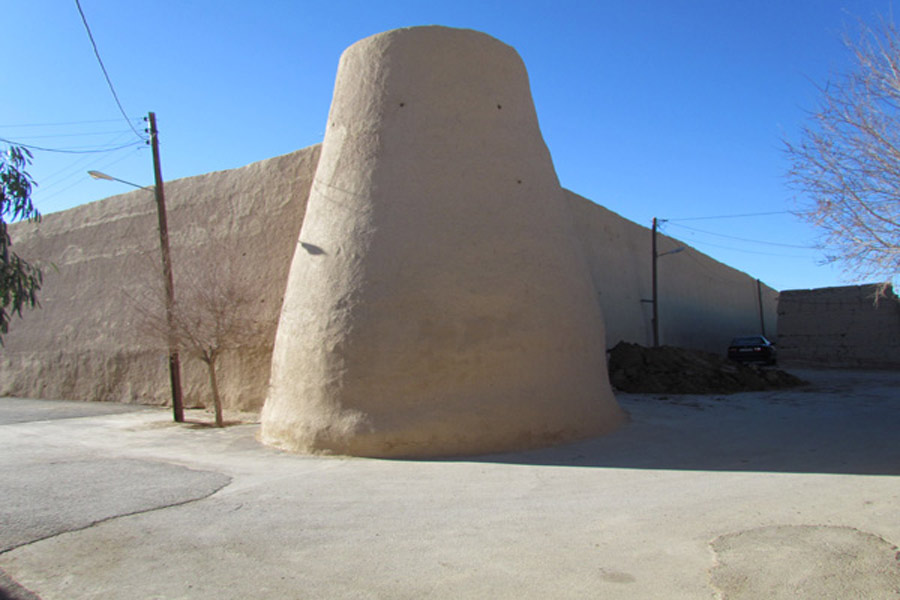
Robat Castle of Abarkouh
This Castle is located on the western border of Abarkouh and belongs to the Safavid period. Robat Castle was once a residential building. There are cross, squareand ellipse-shaped motifs created all around the castle.
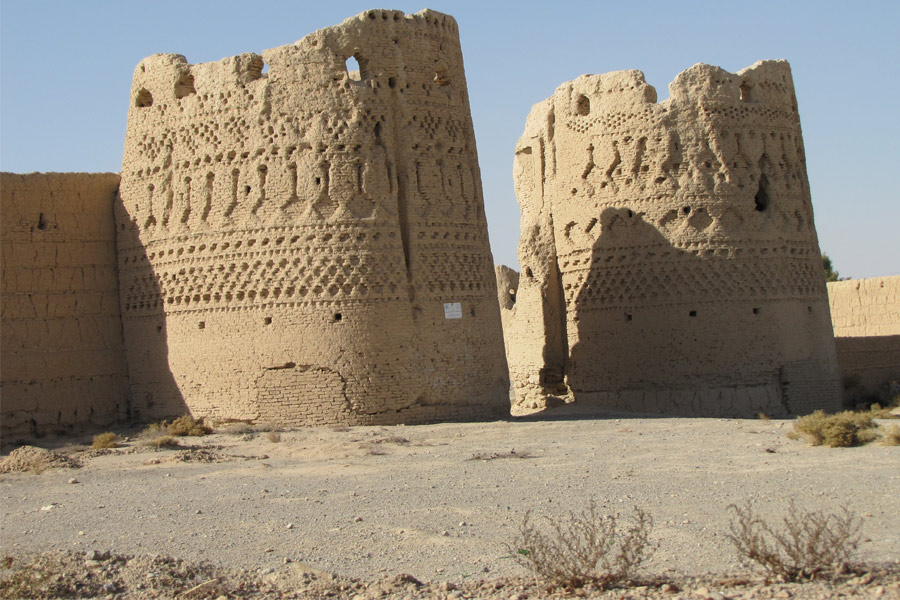
Firoozabad and Qal’eh Noe Castle
This monument is a residential castle near Abarkouh. Iranians built this castle to provide security against different dangers such as the intruder and thief attacks. There is also a wall created on the side of the castle. This part is famous for “New Castle” or Qal’eh Noe.
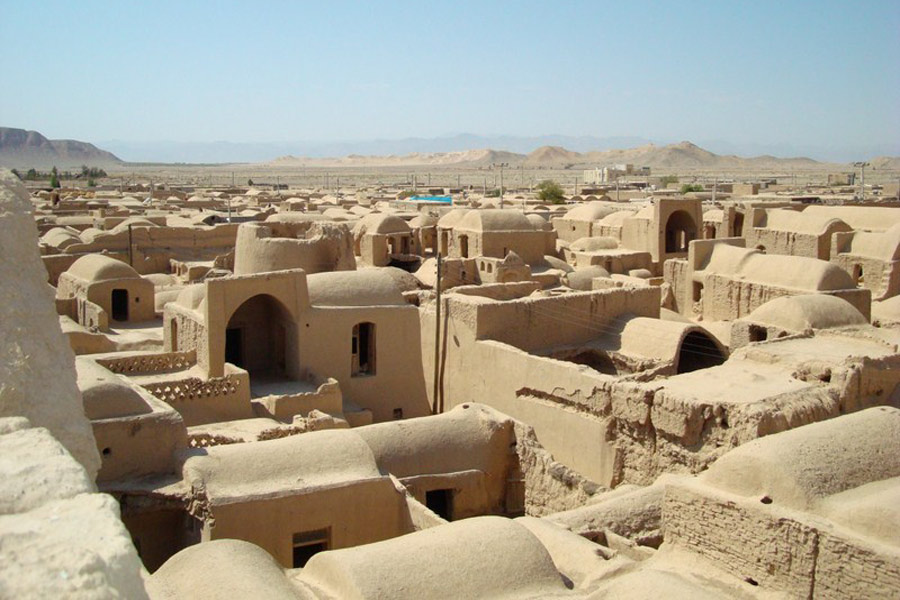
One of the gladdest moments in human life, is a departure into unknown lands. Iran is a country that is unknown for some people, If you are one of these people that you don't know Iran and you are interested to know about Iran, now it’s the best time to travel to Iran and enjoy this magnificent and ancient country. Just come along with Inbound Persia Travel Agency and discover Iran. Here we allocate some of the most beautiful pictures of Aghazadeh Historical House for you that you must see during your tour in Abarkouh city and if you like you can have accommodation in this amazing boutique Hotel.
If you are planning to choose Abarkouh city tours or Abarkouh day tour, you are in the right place. We offer exclusive Abarkouh tour packages. Our main purpose is to expose you to Iran’s rich history and let you experience Iranian culture.
text us and book your own Abarkouh city tour or Abarkouh day tour.